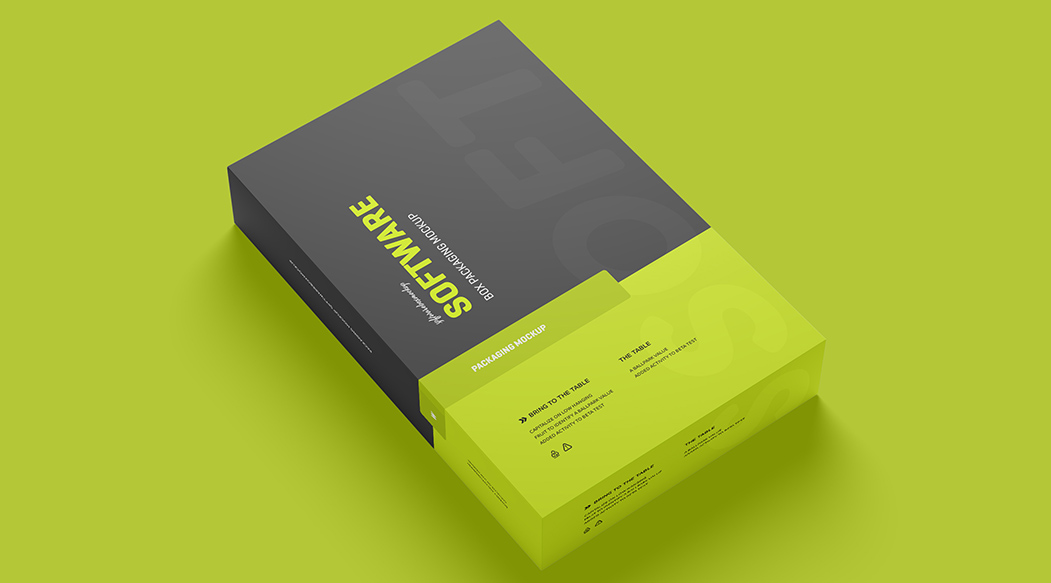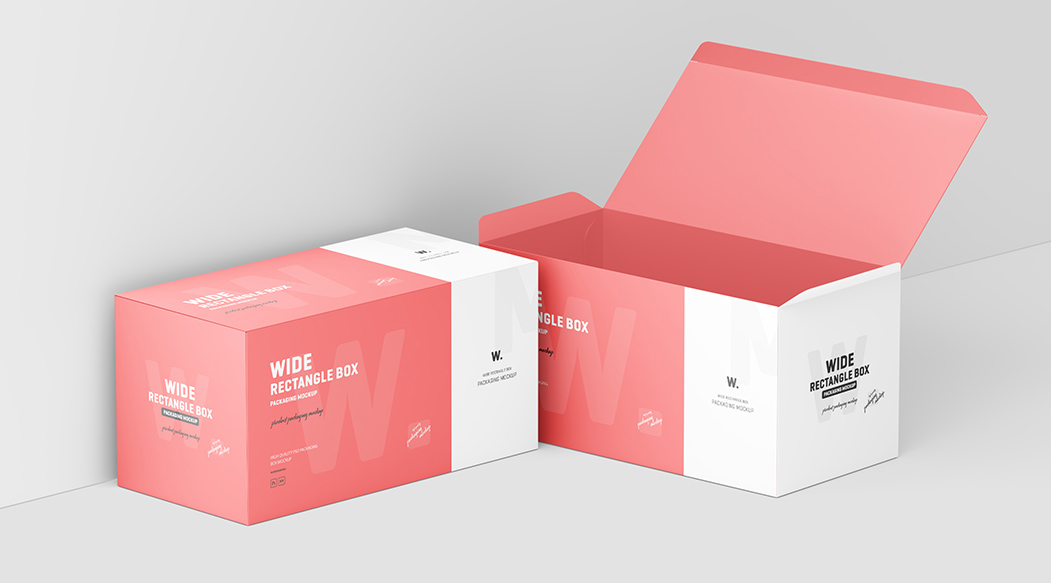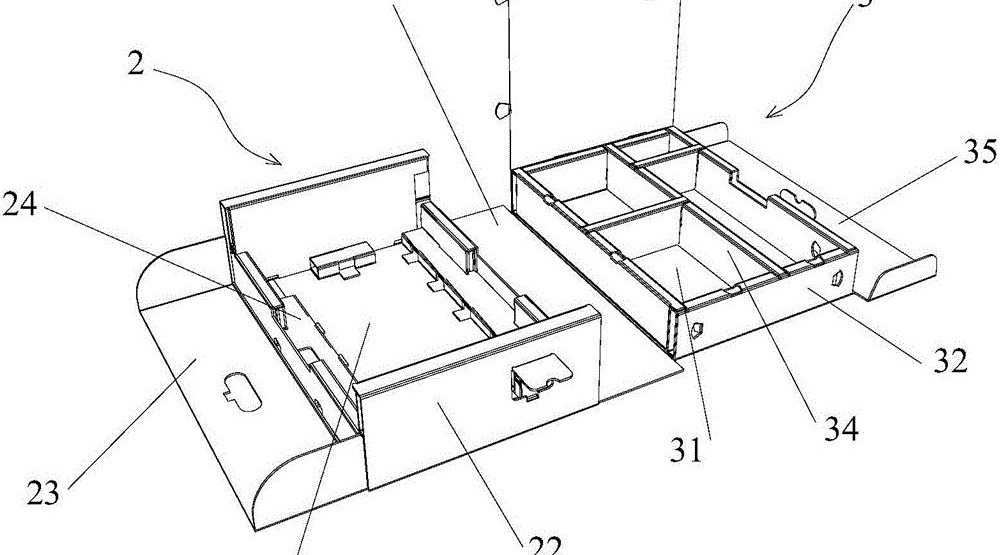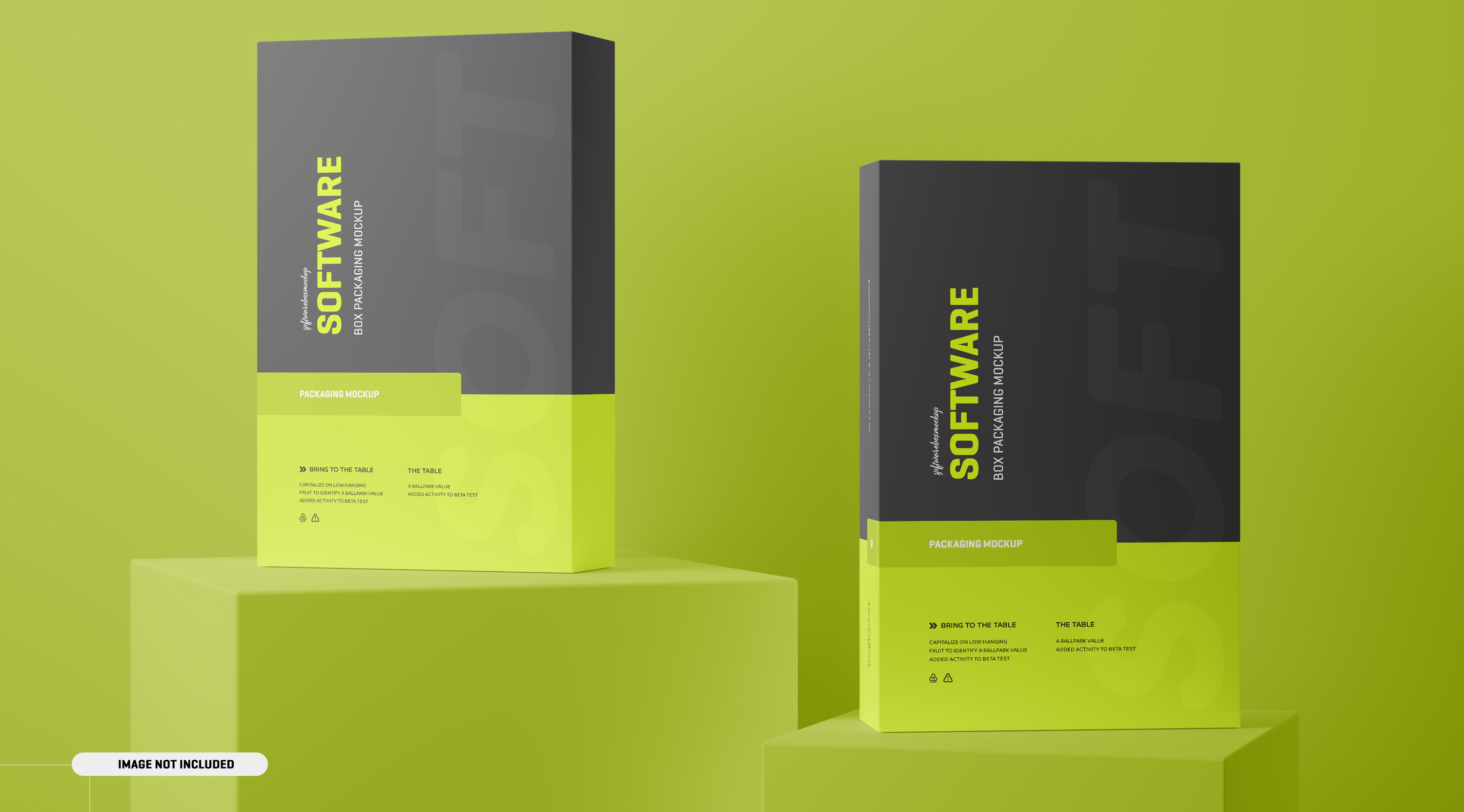What is the added value of packaging
The added value of packaging is the value composed of various cultural elements that take the commodity as the carrier and the external form of the commodity as the communication medium, which can be transferred to consumers through the market and reflect the spiritual pursuit of consumers.
The main elements of the added value of packaging
① Perception. Sensation and perception are collectively called perception, which is the reflection of the individual attributes of the object produced in the human brain when the object directly acts on the human senses. Obviously, consumers' judgment on the value of commodities starts from their feelings about the shape, color, sound, taste, etc. of commodities. Although there are many kinds of human senses, for the perception of commodities, the most important and independent meaning is vision. People rely on their eyes to obtain about 87% of external information. Therefore, the external form of the product, especially the packaging form, becomes the first impression consumers have of the product.
② Symbolic. Society is made up of individuals of different class positions, social groups and occupations. In this society, everyone is a "social person. Therefore, certain psychological needs of consumers and the shaping of self-image are inevitably related to specific commodities. Many consumers pursue the perfect appearance of commodities not entirely for practicality. "Name-seeking" consumers' purchasing motivation is to pursue the luxury and symbolic meaning of commodities. They believe that enjoying beautiful commodities is to enjoy contemporary material and spiritual civilization. Therefore, they deliberately pursue the "psychological image" of commodities and use beautiful commodities. Come to "pack" yourself. The symbolic meaning of commodities is multi-faceted, such as the symbolic meaning of color, the intuition of the shape and volume, the meaning of the packaging pattern, the credibility of the famous brand. The richness of high-end commodities, and the relationship between commodity attributes The adaptability of people's social status, etc., can become the cloak for people to express themselves.
③ Appreciation. It refers to the unity of the beauty of the appearance of the product and the psychology of consumers seeking beauty, that is, the objective beauty of the product caters to the cultural psychology of consumers. In the 1980s, the terms "emotional consumption" and "rational consumption" appeared in the West. "Emotional consumption" is mainly aimed at the aesthetic characteristics such as the appearance, appreciation and decoration of commodities. The characteristic of perceptual consumption is "love at first sight". The characteristic of "rational consumption" is "love after thinking". No matter what kind of consumers demand the unity of external beauty and internal beauty of commodities, this shows that packaging beauty has constituted an important feature of the commodity market. Commodities through the creation of their external forms can evoke consumers' aesthetic feelings and meet consumers' needs for beauty. The aesthetic function of commodities mainly comes from the intuitive expression of specific external forms and images of commodities, such as balanced proportions, moderate contrast, bright rhythm, harmonious colors, novel patterns and pleasant brand names.
④ Popularity. The word "popular" is interpreted as "rapidly spread or popular for a while", and has no positive or negative color. However, once it is associated with commodities, the situation is different. In the field of life, new, beautiful, Avant-garde things are easier to become popular, which is the inevitable law of the development of things. The significance of popularity is mainly: novel in shape, not out of the norm: grasping people's psychological hobbies, conforming to the trend: having individuality, so that people have a sense of superiority. Commodities with higher added value always attract consumers with a strong flavor of the times.
⑤Enjoyment. This is a sense of utility or satisfaction that consumers generally pursue. Contemporary consumers have a broader view of product quality, and durability is no longer the main standard. They pay more attention to the functional design and humanized design of products. For example, we should pay attention to "light, thin, fine, fine, ingenious, and odd" artistic content products, technical content products that pursue the degree of electronics, and functional content products that meet the needs of people's nutrition, health care, beauty, comfort, convenience, etc. Commodities with emotional content designed by consumer trends such as returning to simplicity, "returning to human nature", "self-transcendence" and "devotion to love" are very popular with consumers, reflecting people's pursuit of spiritual enjoyment.
The characteristics of packaging that are resistant to added value
The above elements of the added value of packaging rigid box determine its inherent cultural characteristics. The added value of packaging is inseparable from the interaction of commodities, circulation and consumption. It is mainly manifested in the following three aspects:
①The added value of packaging takes the commodity as the cultural carrier. The added value of packaging is based on commodities, so packaging is a culture that depends on commodity entities. The characteristic of carrier culture is the integration of cultural factors and commodity entities. The culture it expresses coexists, circulates and disappears together with the carrier, and the carrier and culture are inseparable.
②The added value of packaging is a cultural value enjoyed by consumers. Packaging is formed by inheritance, integration and creation in the whole process of commodity production and commodity exchange: although the added value of packaging is generated in the hands of commodity design and manufacturer, the consumer object of packaging is not the designer and manufacturer of the commodity, but are the majority of consumers. Therefore, in the process of commodity manufacturing, which style of culture to condense commodity packaging should not depend on the preferences of commodity producers, but should depend on the preferences of commodity consumers. It can be said that packaging is not a culture where designers admire themselves, but a market-oriented and customer-oriented culture. What we usually call "packaging work", no matter what "grand prize" it has won, has no added value until it enters the market and becomes a commodity. Therefore, researching and discussing the cultural psychology of consumers is the secret to improving the added value of packaging.
③The added value of packaging is a valuable culture. The penetration and integration of cultural factors into commodities and their packaging make commodities possess a cultural value, which is actually synonymous with added value. Packaging culture and commodities are integrated and circulated in the market, so that this value can be realized. Its amount of value depends on the living labor and artistic conception condensed in the product design. And the value generated by artistic conception sometimes exceeds the value created by living labor exponentially. Therefore, the value of packaging culture is actually the value higher than the necessary labor time of the society, and the value created by knowledge, wisdom and reputation. Commodities with high packaging cultural connotation can make the value of the commodity exceed the original use value and value of the commodity, and form a special exchange value in the market.
These three characteristics of packaging added value are interdependent. Without the carrier of commodities, the added value of packaging cannot be realized: without circulation, packaging will lose the characteristics of commodities and the attributes of the market; without consumers' pursuit of spiritual culture, packaging will not be able to enter the market for circulation. If the price of general brand products is determined by value, then the price of products with high added value in packaging is determined by value. value + added value".

Strategies for improving the added value of packaging
① outsmart strategy
American economist Thomas Peters believes that we are in the era of high added value, and the development of high value-added commodities is the product of the development of the current era and the product of the advanced development of commodities. He also believes that to increase added value is to outsmart. The characteristics that need to be developed for commodities with high intelligence content in the present era are: commodities have high added value, and consume less resources; commodity research and development investment is large, and the input-output ratio is high: commodity grades are high, tend to be advanced, from The transformation of large batches and few varieties to small batches of many varieties i Commodities have a high degree of software software, and pay attention to commodity services: commodity replacement is fast, strive to improve the artistic charm and custom packaging and decoration of commodities, pursue the unity of material functions and spiritual functions, and seek new changes. , to win with the new, and create value from the consumption trend of people yearning for nature and pursuing green.
②Humanized strategy
Modern packaging design calls for the return of human nature, and its humanized design has become the dominant value content in some commodity packaging. The aesthetic requirements for packaging design have become one of the most important components in the overall evaluation. The specific content includes two aspects.
(1) Style. The style of packaging refers to the design style. For example, whether the design belongs to the national style or the modern style; whether it belongs to the oriental style or the western style: whether it belongs to the coastal and Hong Kong, Macao and Taiwan styles, or the inland, north, northeast, northwest, Southwestern style: is it a popular style, or a personal unique style, etc. At present, some packages that have won the "World Star" and "Asian Star" awards are mostly won by their unique styles. Such as fresh, dignified, sophisticated, concise, bold, simple and so on. The reason why style is emphasized in the overall evaluation of packaging is that style is often an important factor in the novelty of packaging. Without style, novelty loses its soul and appeal.
(2) Interest. Interest refers to the emotional factors contained in the concept of packaging design. For example, Japanese candy packaging, colored pencil packaging, record packaging, portable light bulb packaging, leather shoe packaging, small item packaging, etc., all give people a small, exquisite, delicate, and playful. , women's wisdom and the like. China's Chinese gin packaging, lucky wine packaging, Hunan Western Han ancient wine packaging, etc., give people a simple, nostalgic and contemplative taste. The packaging of gift tribute wine gives people a funny and ironic taste, but the packaging of papaya wine gives people a simple, honest and simple taste. Another example, the humanized design of Chinese tea packaging has greatly improved the added value of tea. The color, shape, origin and customs of the tea itself, the elegant tea set and the color of the tea soup during brewing, etc., through the careful layout of these color photos on the package, can enable consumers to appreciate the flavor of various tea leaves. For example, West Lake Longjing tea is known for its green color, fragrant, sweet taste and beautiful shape. With the undulating peaks of Lion Peak, Longjing, and Meiwu, the beautiful scenery of West Lake is intoxicating; Dongting Biluochun, tea-colored green, tea Shaped and curled like a snail, it is matched with the mighty islands of Dongting Lake, the sunrise and sunset, and the weather: Huangshan Maofeng, the buds and leaves are delicate and delicate, fragrant and mellow, and Huangshan's strange pines, strange rocks, clouds, and hot springs. Absolutely complement each other. These famous teas, which are well-known at home and abroad, are accompanied by physical color photos and landscape photos in their sales packaging, which greatly improves the impact of tea on the shelf.
③Popularity strategy
Aesthetic value is not only reflected in style and taste, but also in popularity. To evaluate whether a package is popular, it depends on the aesthetic mood and aesthetic needs of customers. For example, if the design trend of national style and nostalgia was popular at that time, and the customers were in the stage of agitation and appreciation, the packaging just catered to this point, and as a result, it naturally received a high aesthetic evaluation. At present, with the continuous improvement of people's requirements for the quality of life, consumers have increasingly strong environmental protection requirements for products when shopping. Great changes have taken place in people's way of thinking, values, behavioral orientation and consumer psychology, which has led to the rise of "green consumption" fashion in the world, and promotes the development of commodity packaging in the direction of "green packaging". In western countries, there have been 67 -83% of people will consider environmental protection factors when shopping in supermarkets. Green consumption also has a certain market in my country. Beijing proposed the slogan of "Green Olympics" in its bid to host the 2008 Olympic Games. by. "Green consumption" is the theme. "Green" has become a trend. "Green packaging" has also become a trend for future packaging to increase added value.
④Appearance new strategy
The appearance design and packaging design of industrial products are called industrial design. Industrial design emphasizes the organic combination of good use function and beautiful product appearance. From an economic point of view, industrial design is a bridge between science and application, art and production, enterprise and market, production and consumption, and an important means to improve the added value and marketability of commodities. The ultimate goal of commodity packaging and design is in the commodity market. Whether the design is successful depends on whether the product has a market and whether it sells at a good price. Robert Hayes, a famous scholar at Harvard University, said more than ten years ago: "Fifteen years ago, companies competed with each other on price, today they compete with each other on quality, and tomorrow they compete with each other on design. "In layman's terms, design is the use of technology, economy, culture, art and other knowledge to "package" a product with a new face, creating a brand-new product image that adapts to the psychology of different consumers. For example, in the production of a TV, in terms of design, the engineer only needs to take out the circuit board, and the rest is the designer's business. The "Hero" brand gold pen made in Shanghai has long imitated the shape of the American "Pike" pen in the 1940s, and the price abroad is the same for decades: $9. In recent years, after the company has introduced industrial design, designers have made bold innovations in the structure, material, style, color, packaging, etc. of the pen according to the psychology and purchasing power of different countries and different levels of consumption, so as to make it of excellent internal quality and solemn and elegant appearance. , full of artistry, and finally opened up sales in the European and American markets, and the market is optimistic, one sells for 72 US dollars, which can compete with "Pike".

This is only one aspect of designing to create value. For the entire business operation, it should also run through the entire process from production to marketing. In addition to considering the practicality of the product, the unique shape and the exquisite packaging, excellent design should also improve the advertising effect of the design as much as possible, and give as much cultural content and higher artistic taste as possible, so as to achieve practicality, artistry and practicality. The perfect combination of sex and promotion. This is particularly prominent in the design of brand-name products, and the unique external packaging and novel design have become indispensable symbolic signs of brand-name products. "Ludanlan" cosmetics are packaged in all-green series, so that customers can identify their own brands at a glance from the dazzling array of cosmetics on the shelves; the conspicuous decorative signs of some famous brand films enable pedestrians walking on the street to identify them at a glance. Home is "Fuji" laboratory, which is "Kodak" store. Designer logos are designed to bring an intuitive brand image, making them invincible in the world of merchandise.
⑤ Value-added re-creation strategy
Some developed countries in the world attach great importance to "circulation processing", and a considerable part of the sorting, sub-packaging, component assembly and reprocessing of commodities is completed in the field of circulation. For example, the Japanese transported my country's Shaoxing wine by tons in stainless steel barrels, and then repackaged it in quaint small bottles. This repackaged the retail price exponentially. There are also successful examples in China. For example, a shopping mall cut a large number of backlogs of terry cloth into novel and fashionable pajamas, repackaged them, and the results were very popular. Some stores provide high-end and luxurious gift packaging with store names for customers who buy gifts, which not only increases the added value of the goods, but also highlights the store's operating characteristics. Fruit vendors in many cities have also learned this trick, selling assorted fruit in a pretty fruit basket, often more than doubling the price. In the current development of my country's economy, it is no longer what manufacturers produce and consumers buy: it is what consumers need, manufacturers produce. Therefore, the origin of the added value of commodities lies in the feedback of market demand information, and strengthening market research has become the premise of developing high value-added commodities. Designers should go to the market, conduct directional development according to consumer psychology, provide products and packaging samples or design blueprints that meet the spiritual needs of consumers, as the basis for adjusting, improving and updating products, and maximize product appearance and packaging design. Increase the added value of commodities and improve the economic benefits of enterprises.


